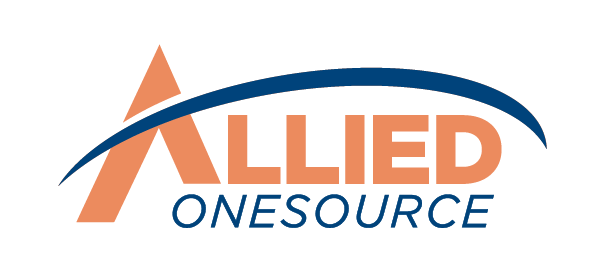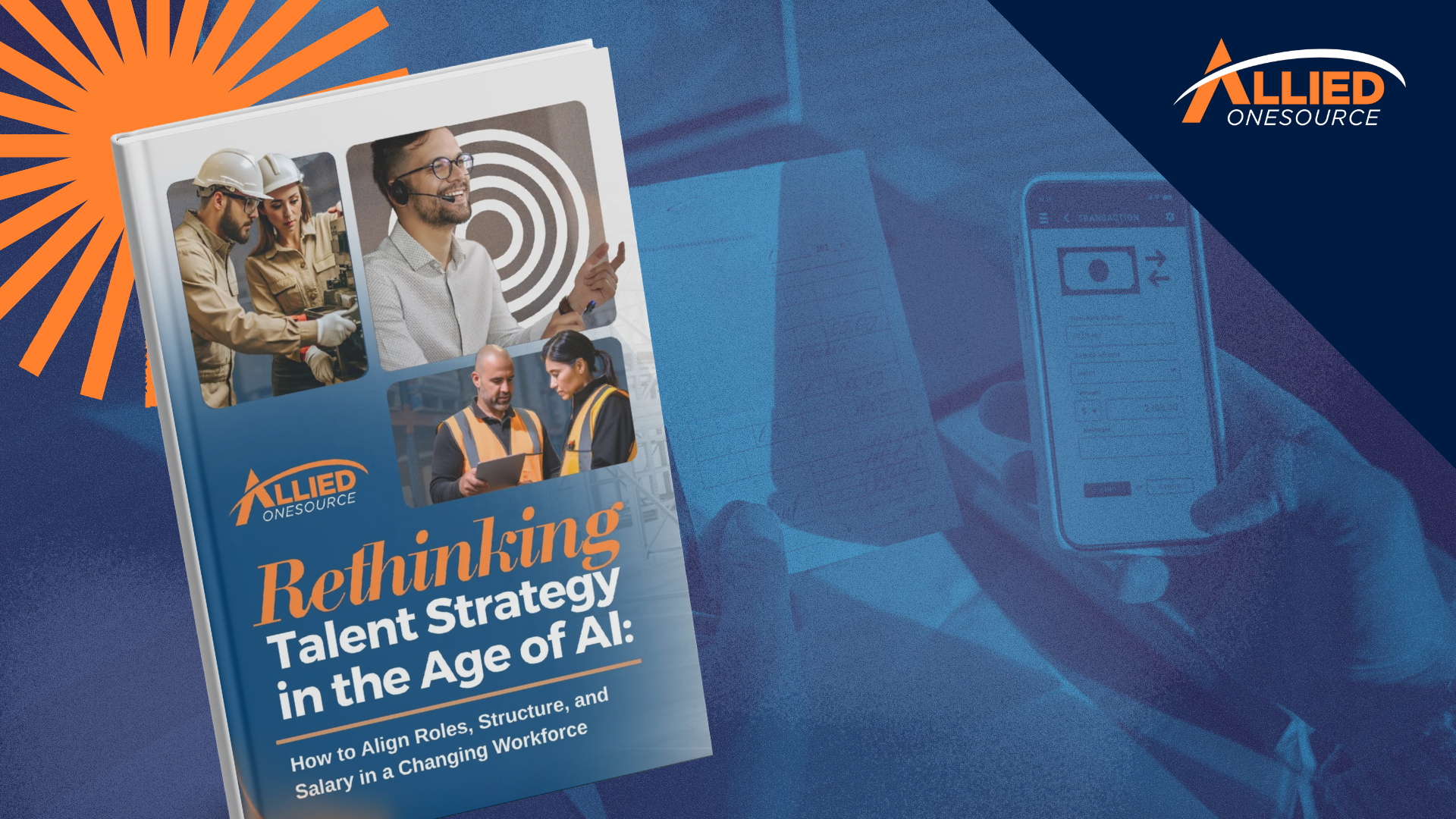The Silent Killer of Workforce ROI: How Poor Onboarding Costs You Thousands
Picture this: Your new employee arrives on Monday morning to find that their laptop isn't ready, their manager is unavailable, and they spend three days completing paperwork while wondering what their actual job entails. By Friday, they're questioning whether they made the right choice. This scenario occurs more frequently than you might think, and it can cost your company thousands of dollars.
The stakes are higher than most leaders realize. Research shows that 70 percent of new hires decide whether a job is a good fit within their first month, with 29 percent making that decision within the first week.¹ You have roughly 30 days, not months, to prove you made the right hiring choice.
The problem of poor onboarding extends beyond awkward first days. Only 26 percent of employees report feeling fully informed, engaged, and confident during their most recent onboarding experience.² When new hires feel lost or unprepared, they start looking for the exit before they've settled in. Your onboarding process determines whether your carefully selected talent becomes a long-term asset or another costly recruitment cycle.
The Hidden Costs of Poor Onboarding
Poor employee onboarding creates a ripple effect that extends far beyond a confused first week. These costs hit your bottom line in ways that aren't always obvious, but they add up quickly.
Financial Impact
When new employees leave early, you lose both talent and money. Losing a new hire within the first few months costs between $7,500 and $28,000 in recruitment and replacement expenses.³ This figure includes the time your HR team spent screening resumes and conducting interviews, plus the training materials and resources already invested in that person.
These costs multiply across multiple early departures. The money spent replacing employees who quit during onboarding could have funded better onboarding programs instead. Companies that invest in structured onboarding see measurable returns through reduced turnover and faster time-to-productivity.
Reputation and Brand Damage
Your onboarding experience doesn't stay within your office walls. A significant 68 percent of workers believe their experience as a job candidate directly reflects how a company treats its people.⁴ When new hires have negative onboarding experiences, they share those stories with friends, former colleagues, and online review platforms.
Poor employee onboarding damages your employer brand and makes future recruiting harder. Top candidates research companies before applying, and word spreads quickly about organizations that struggle with the basics. You end up spending more money and time convincing quality candidates to consider you, while competitors with better reputations attract the best talent first.
Lost Productivity
Even when new hires don't quit immediately, poor onboarding destroys productivity. Currently, 35 percent of HR professionals struggle with creating onboarding processes that engage employees and help them feel welcome.⁵ When new hires spend weeks figuring out basic systems, asking the same questions repeatedly, or waiting for unclear guidance, they operate at a fraction of their potential.
Time-to-productivity delays compound costs because you're paying full salary for partial output. Meanwhile, existing team members get pulled away from their own work to answer questions that proper onboarding should have addressed. The longer it takes new employees to become fully productive, the more expensive their integration becomes and the more likely they are to question whether they belong at your company.
Want to dive deeper into workforce optimization strategies? Download our whitepaper for advanced frameworks that transform onboarding challenges into competitive advantages.
From First Day to Full Productivity: Onboarding Practices That Reduce Turnover
The good news is that fixing your onboarding doesn't require massive overhauls. Strategic changes deliver measurable returns on investment and create lasting improvements in employee retention. Here’s how:
Create Structured, Standardized Programs
Stop treating onboarding like a loose collection of tasks and start building it like the business process it actually is. New hires are 50 percent more productive when they go through standardized onboarding compared to informal approaches.⁶
This means creating documented procedures, consistent timelines, and clear milestones that every new employee experiences regardless of their manager or department. Structured onboarding eliminates the guesswork that leaves new hires wondering what comes next and managers scrambling to figure out what they've missed.
Effective onboarding cuts months off time-to-productivity, which directly impacts your bottom line. When you standardize the process, new employees know exactly what training they need, when they'll receive it, and what success looks like at each stage. This accelerates their path to full productivity and reduces the burden on existing team members.
Read More: Employee Onboarding Guide: 8 Best Practices for an Outstanding Employee Experience
Focus on Engagement from Day One
Employee engagement begins the moment someone accepts your job offer, not months later during their first performance review. Employees are 2.6 times more likely to be extremely satisfied with their job when they experience good onboarding.⁷ This satisfaction translates into higher performance, better retention, and positive word-of-mouth about your company culture.
When new hires feel welcomed, informed, and valued from day one, they're more likely to invest in their role and contribute meaningfully to your organization's success. The data proves that effective onboarding creates lasting impact. Research shows that 42 percent of employees feel more engaged with their work after experiencing strong onboarding programs.⁸
Engaged employees don't just show up. They actively contribute ideas, collaborate effectively, and take ownership of their responsibilities. This engagement improves team dynamics and overall productivity. Poor onboarding, on the other hand, creates disengaged workers who do the minimum required and start looking for better opportunities.
Design for Long-term Retention
Employee retention starts with your very first interaction, not your exit interview. Employees are 58 percent more likely to stay with your company for at least three years when they experience structured onboarding programs. ⁹ When employees feel confident in their role and connected to your organization from the beginning, they're less likely to leave when recruiters call or competitors offer slightly higher salaries.
Job satisfaction plays a huge role in long-term commitment. A remarkable 46 percent of employees reported being more satisfied with their job decision after experiencing good onboarding.¹⁰ This creates a foundation that helps employees weather the inevitable challenges that come with any role.
When turnover rates climb, it's often because employees never felt truly welcomed or prepared for success. Smart onboarding builds positive experiences that make employees want to grow their careers with you rather than elsewhere.
Leverage the 44-Day Window
You have a narrow but critical window to make or break the employment relationship. Companies have an average of 44 days to make a positive impact on a new hire's decision to stay long-term.¹¹
This timeline puts pressure on your entire process, from completing background checks and paperwork efficiently to ensuring managers are prepared and available. High employee turnover often stems from wasted opportunities during this crucial period when new hires are most receptive to building connections and learning your systems.
The payoff for getting this window right is substantial. When you improve employee experiences during these first 44 days, 34 percent report feeling motivated to stay longer with your organization.¹² This motivation is the difference between actively engaged employees and those quietly planning their next move.
Your 44-Day Action Plan
- Before Day 1: Complete all paperwork, prepare workspace, and schedule first-week meetings
- Week 1: Focus on introductions, company overview, and basic systems training
- Week 2-3: Role-specific training, assign a mentor, and set initial goals
- Week 4-6: Regular check-ins, feedback sessions, and integration into team projects
- Day 30 & 44: Formal feedback meetings to address concerns and plan next steps
Ready to Transform Your Onboarding?
The importance of effective onboarding cannot be overstated. It's the difference between costly turnover and committed employees. If your current process feels disorganized and leaves new hires confused, you're not alone. The good news is that you can improve employee retention starting with your next hire.
At Allied OneSource, we understand that great hires deserve great onboarding. When you partner with us, we don't just find you talent. We help ensure successful transitions that set everyone up for success.
Ready to stop losing good people in their first 45 days? Let's discuss how the right staffing partnership can support your retention goals from day one.
References
1., 3., 5., 11. Conway, Casey. "What Does Poor Onboarding Really Do to Your Team?" Business News Daily, 16 Jan. 2024.
2., 8., 10., 12. Glover, Felicity. "Third of New Hires Report Poor Onboarding Experiences." Staffing Industry Analysts, 26 Sept. 2024.
4. Kelly, Jack. "Why Poor Onboarding Experiences Can Lead to New Hires Not Showing Up on Their First Day." Forbes, 30 Oct. 2023.
6., 7., 9. Kosinski, Matthew. "Onboarding: The Key to Elevating Your Company Culture." SHRM Executive Network, 30 May 2023.











